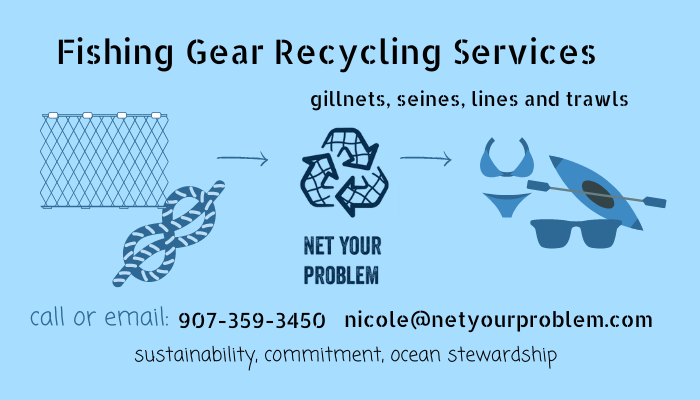Seawatch by Cristy Fry
February 4, 2021
The International Pacific Halibut Commission held their 97th annual meeting this week, and voted to increase the quota in all areas of Alaska.
The quotas in Alaska have mostly been going down for several years, with area 3A, the largest area in the state, dropping 12.5% last year.
The breakdowns are:
Area 2C, Southeast Alaska, 3.53 million pounds for the commercial sector, 810,000 pounds for the charter sector.
Area 3A, Central Gulf of Alaska, 8.95 million pounds for the commercial sector, 1.95 million pounds for charter.
Area 3B, Western Gulf of Alaska, 3.12 million pounds.
Area 4A, Eastern Aleutians, 2.05 million pounds.
Area 4B, Western Aleutians, 1.4 million pounds.
Areas 4CDE, Bering Sea/Pribilof Islands, 3.98 million pounds, which is further broken down by a catch sharing program.
That comes to 22.85 million pounds for the commercial sector, up from 16.1 million pounds in 2020.
The Commission also lengthened the season, starting it March 6 and running through Dec. 7, against the wishes of the processors.
The IPHC had an emergency meeting last July at the request of the Canadian fishermen during which they extended the 2020 season from November 15 to December 7 to help with marketing, but that did not apply to Alaskan waters. The season has been starting March 15 and ending November 15 for many years.
Billy Sullivan, owner of Kachemak Bay Seafoods, said that the longer season is not likely to produce better markets in the face of the COVID-19 pandemic which has closed many restaurants.
He also expressed dismay at the way the IPHC justified the increase in quota.
“It's not like there's more fish, they're just going to use a higher exploitation rate and hope that the younger year classes are going to come,” he said.
He said that people who go out when it first opens expecting the larger prices that generally come with the beginning of the season are likely to be disappointed, due to Canadian fish on the East Coast coming in with a steady supply.
Sullivan said he has seen Canadian fish in stores in Seattle, and that those fish are selling for $6.50 to $7.00 per pound for first wholesale price.
The Canadian fish back East don't get frozen, he said, the season is open year round so there is always fresh fish available for the markets, plus they raised their quota.
“That will keep a damper on it, keep the price from rising too much.”
Ex-vessel prices in 2020 stayed between $4.00 and $5.25 at the Homer dock.
This article also appears in the Homer News. Cristy Fry can be reached at [email protected].






